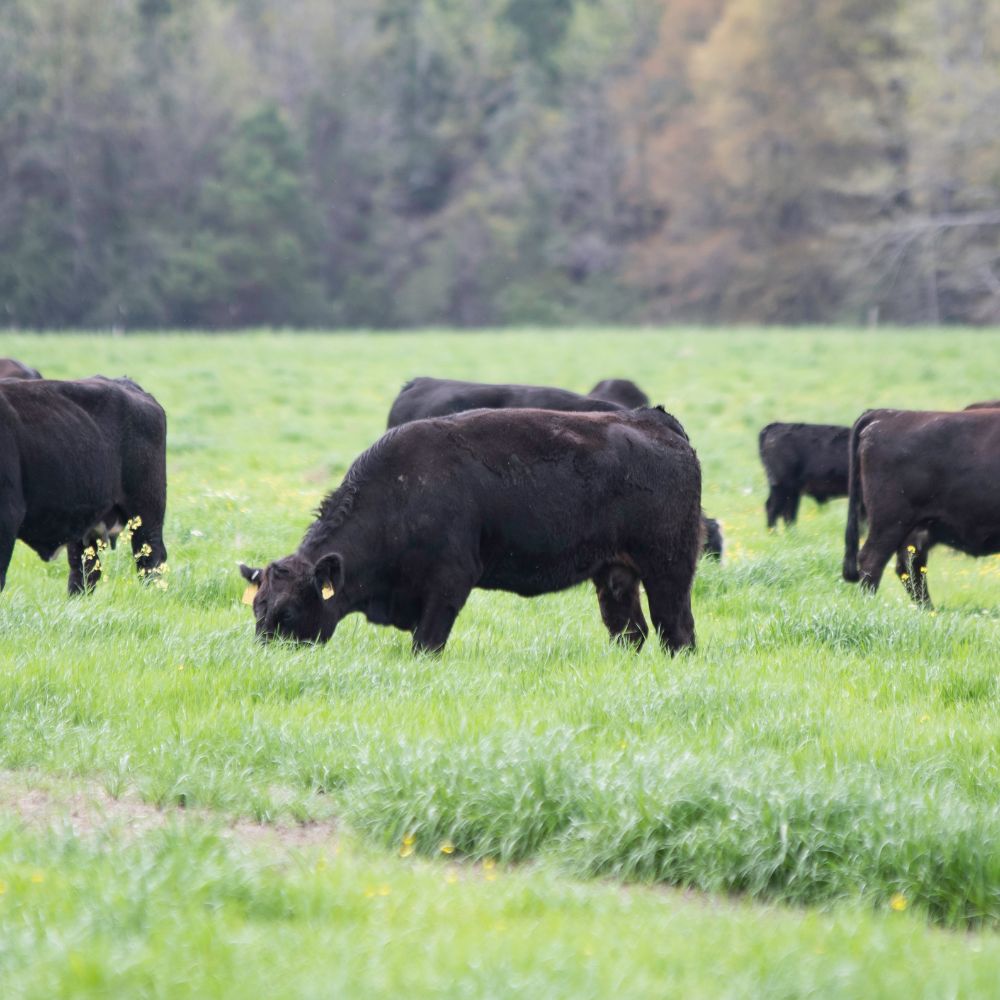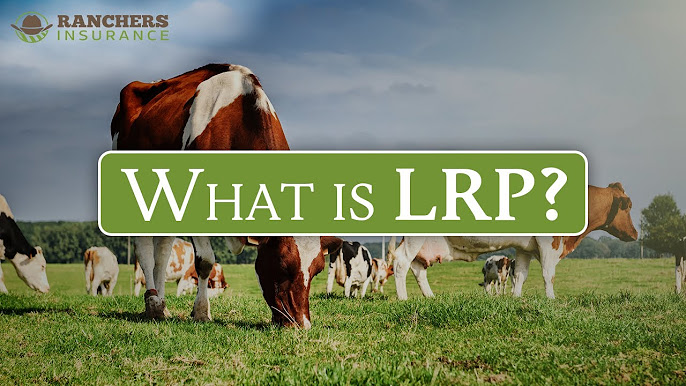Strategic Collaborations for Durability: Bagley Risk Management
Key Aspects to Take Into Consideration When Finding Animals Threat Defense (LRP) Insurance
When examining options for Animals Risk Security (LRP) insurance policy, a number of vital factors call for careful consideration to make certain effective danger management in the farming sector. Selecting the appropriate protection choices customized to your particular animals procedure is paramount, as is understanding exactly how exceptional costs correlate with the degree of defense offered.
Protection Options
When taking into consideration Animals Risk Security (LRP) insurance policy, it is vital to comprehend the different insurance coverage alternatives available to minimize risks in the agricultural industry. Animals Danger Defense (LRP) insurance provides different protection alternatives customized to meet the diverse needs of livestock producers. Bagley Risk Management. One of the primary insurance coverage choices is cost protection, which shields versus a decrease in market value. Manufacturers can select the insurance coverage degree that lines up with their cost danger administration goals, allowing them to protect their procedures versus possible monetary losses.
One more important coverage alternative is the recommendation period, which determines the size of time the protection holds. Manufacturers can choose the endorsement duration that finest suits their manufacturing cycle and market conditions. In addition, protection levels and prices vary based on the kind of livestock being guaranteed, offering manufacturers the flexibility to personalize their insurance intends according to their details demands.
Understanding the various coverage alternatives available under Animals Risk Defense (LRP) insurance is essential for manufacturers to make enlightened decisions that properly safeguard their livestock procedures from market uncertainties.
Costs Costs

Livestock Threat Defense (LRP) insurance offers vital protection alternatives customized to minimize dangers in the farming field, with a substantial aspect to consider being the calculation and structure of premium costs. When identifying premium prices for LRP insurance, a number of factors enter play. These include the type and variety of animals being guaranteed, the insurance coverage degree picked, the present market costs, historical price data, and the length of the insurance coverage duration. Insurance firms might additionally take into consideration the place of the farm, as geographic factors can influence the total threat profile.
Premium prices for LRP insurance policy are normally determined based upon actuarial data and risk analysis models. Insurers assess historical information on livestock costs and manufacturing expenses to identify a proper premium that mirrors the degree of risk involved. It is vital for livestock producers to thoroughly evaluate premium expenses and insurance coverage choices to guarantee they are effectively protected against potential monetary losses as a result of unfavorable market problems or unexpected occasions. By understanding exactly how exceptional costs are determined and structured, manufacturers can make enlightened decisions when choosing the right LRP insurance plan for their procedure.
Eligible Livestock
The determination of qualified animals for Livestock Threat Defense (LRP) insurance policy coverage involves careful factor to consider of certain requirements and qualities. Animals kinds that are generally qualified for LRP insurance consist of feeder livestock, fed livestock, lambs, and swine.
Feeder livestock, for instance, are typically qualified for LRP protection if they fall within defined weight ranges. Fed livestock may additionally be eligible, but they need to satisfy certain weight and quality grade needs. Swine eligible for insurance coverage typically consist of market weight animals planned for slaughter. Lambs are one more group of livestock that can be considered for LRP insurance policy, with elements such as weight and age playing an important duty in identifying their qualification.
Before picking LRP insurance policy for livestock, producers must thoroughly review the eligibility criteria described by the insurance coverage copyright to guarantee their animals meet the needed requirements for coverage.
Plan Versatility
Plan adaptability in Animals Risk Protection (LRP) insurance coverage allows producers to tailor protection to fit their certain demands and risk management techniques. This versatility equips animals producers to customize their insurance plan based on factors such as the type of livestock they own, market conditions, and private danger tolerance levels. One key aspect of plan adaptability in LRP insurance policy is the capacity to pick insurance coverage degrees that line up with the producer's financial goals and take the chance of direct exposure. Manufacturers can choose coverage degrees that safeguard them against potential losses as click a result of variations in animals prices, guaranteeing they are sufficiently insured without overpaying for unneeded protection. Additionally, LRP insurance supplies adaptability in policy duration, permitting manufacturers to choose coverage durations that finest fit their production cycles and marketing timelines. By supplying adjustable alternatives, LRP insurance coverage enables manufacturers to effectively manage their threat exposure while safeguarding their animals operations versus unforeseen market volatility.
Insurance Claims Refine
Upon experiencing a loss or damage, producers can start the cases procedure for their Livestock Risk Security (LRP) insurance coverage by without delay contacting their insurance policy provider. It is crucial for producers to report the loss as quickly as possible to quicken the insurance claims process. When getting to out to the insurance policy service provider, producers will need to supply thorough information regarding the occurrence, consisting of the day, nature of the loss, and any type of pertinent documents such as he said vet documents or market rates.

After the evaluation is full, the insurance coverage provider will make a choice relating to the insurance claim and communicate the end result to the producer. The manufacturer will certainly receive payment according to the terms of their Animals Threat Protection (LRP) insurance look at here policy if the insurance claim is approved. It is necessary for manufacturers to be knowledgeable about the claims process to make sure a smooth experience in case of a loss

Conclusion
Finally, when choosing Livestock Risk Security (LRP) insurance coverage, it is vital to think about protection options, premium costs, qualified animals, policy versatility, and the insurance claims process. These essential elements will aid make sure that farmers and breeders are sufficiently safeguarded versus possible dangers and losses connected with their livestock operations. Making an informed choice based on these considerations can inevitably cause better economic protection and peace of mind for livestock manufacturers.
Livestock Risk Defense (LRP) insurance coverage provides various protection options customized to meet the varied requirements of animals producers.The determination of qualified animals for Livestock Threat Protection (LRP) insurance policy coverage entails careful factor to consider of particular criteria and attributes.Policy versatility in Livestock Risk Security (LRP) insurance coverage enables producers to customize coverage to suit their specific needs and take the chance of management techniques.Upon experiencing a loss or damage, manufacturers can launch the cases procedure for their Animals Risk Protection (LRP) insurance coverage by without delay calling their insurance policy service provider.In final thought, when choosing Animals Danger Defense (LRP) insurance policy, it is essential to take into consideration insurance coverage choices, premium prices, qualified livestock, policy versatility, and the cases process.